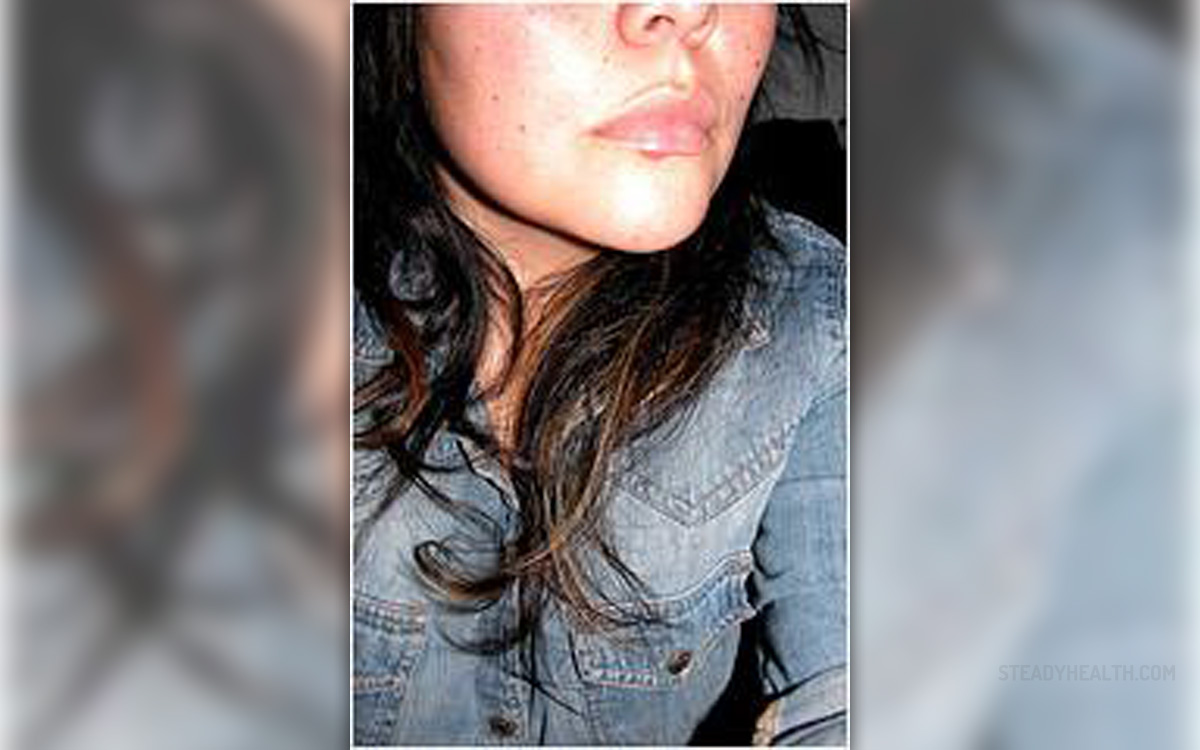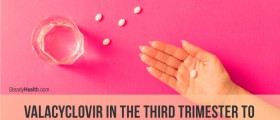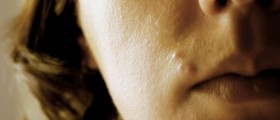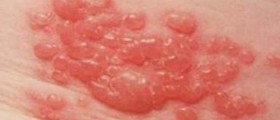
Fever blisters present a skin conditionwhich is triggered by a viral infection. The virus behind thisillness is Herpes simplex virus type 1, capable of beingtransferred from one person to another through contact with the mucusor saliva.
If you experience painful growthsappearing on your lips or somewhere near the mouth area, there is ahigh likelihood that you are suffering from fever blisters. However,the condition may be confusing. Thus, read the lines below in orderto obtain all the important basic information on fever blisters.
Is There a Difference between FeverBlisters and Cold Sores?
Both cold sores and fever blisters arecaused by Herpes simplex virus type I. Practically, the two arethe same, since a fever blister is the manifestation of a coldsore. Most commonly, people get infected by this viral diseasethrough contact with the glasses which carry the infectious agents.However, most of us get infected during our childhood and Herpesvirus never leaves our body, staying hidden until our immune systemgets compromised. So, in the vast majority of cases, fever blisters andcold sores affect people from time to time, appearing anddisappearing repeatedly throughout one's life.
Herpes virus may become active oncewe suffer from a common cold or a flu. Also, it may be triggered bystress or some other serious illnesses we might be suffering from.
When this virus affects a person forthe first time, however, he/she experiences headaches, nausea, feverand even vomiting. Moreover, sores may appear in the mouth duringthis time, being open and painful, possibly taking place hand-in-handwith throat soreness.
Almost always, cold sores appear on theborder of the lips. Yet, in some situations, these can appear insidethe mouth. Either way, initially, the area becomes tingly and swollenand, over the course of 24 to 48 hours, the first tiny blisters startappearing, popping eventually and leading to the formation of sores,which later get dry and covered with crusts, resembling scabs. Then,during the recovery process, while this breakout is disappearing, thecrust may fall off and new ones may be created.
All in all, fever blisters appearbefore cold sores get formed. Nevertheless, both of these signify thesame herpes infection and the reaction of our immune system to it.
The treatment of cold sores usuallydoes not involve any specific medical intervention. Still, if thedisease results in pain and discomfort, you are advised to pay yourdoctor a visit, having the best therapy prescribed.
Numerous creams, ointments or evenmedications may be recommended to you for helping you deal with yourcold sore problem, speeding up the recovery process and helping youfeel better.
How are Fever Blisters Spread
In order to prevent fever blisters fromaffecting you, your need to stay away from potential sources of thisinfection. Thus, do not kiss or get kissed by anyone who has a coldsore or a fever blister or any possible signs of Herpes infection.Keep in mind that most of us got infected when we were children.Thus, we carry this virus within ourselves and may transfer it to allthose who have their immune systems weakened.
Furthermore, do not share utensils,drinking cups or any other personal items with other people,especially with people who already show signs of fever blisters, letalone cold sores. Towels, razors, silverware, toothbrushes and allother items which can get in contact with the infected saliva shouldbe avoided. Through these forms of contact, the virus travels from oneperson to another, spreading the infection and the cold sores too.
Once you get infected, you cannotprevent cold sores from appearing. Also, once they appear, you cannotmake them go away before they go through their course. However,bearing in mind that stress, cold or flu are the most frequenttriggers of this condition, stay away from situations which causethese health problems and keep yourself protected from cold sores.
When you suffer from cold sores,exposing them to strong sunlight is bound to make matters worse. Inorder to prevent this, you are advised to use strong lip balms orsunscreen, applying these on your face and the cold sore.
Finally, do not touch the cold sore or,if you have to do this, make sure your hands are clean. Regardless,avoid this form of contact since it may spread Herpes infectionto some other parts of your body, such as your genitals, giving riseto a more serious condition.
To conclude, fever blisters are a firststage of cold sores, taking place due to Herpes simplex virustype 1 infection, affecting you once your immune system has beencompromised by an illness or some other factors. Fever blisters andcold sores usually come and go away on their own, over a shortercourse of time. Yet, if these continue reappearing andaffecting you often, seek medical assistance.

















Your thoughts on this
Loading...